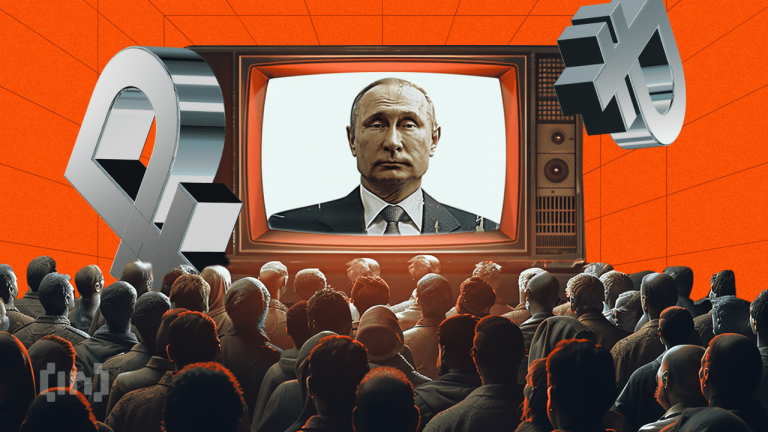
The Science Behind Vaccines

The science behind vaccines is an essential aspect of modern medicine and public health. Vaccines work by stimulating the immune system to recognize and fight pathogens without causing the disease itself. This process involves the introduction of antigens—substances that provoke an immune response—into the body.
How Vaccines Work

When a vaccine is administered, it introduces a harmless component of the pathogen, such as a protein or a piece of its genetic material. The immune system recognizes this foreign substance as a threat and mounts an immune response. This response includes the production of antibodies and the activation of T-cells, which are crucial for identifying and destroying infected cells. Once the immune system has been exposed to the antigen, it retains a memory of it. If the individual is later exposed to the actual pathogen, their immune system can respond more quickly and effectively, often preventing the disease from developing.
Types of Vaccines

There are several types of vaccines, including:
- Inactivated or killed vaccines: These contain pathogens that have been killed or inactivated, making them unable to cause disease. Examples include the polio vaccine and the hepatitis A vaccine.
- Live attenuated vaccines: These use a weakened form of the pathogen that can still replicate but does not cause illness in healthy individuals. Examples include the measles, mumps, and rubella (MMR) vaccine.
- Subunit, recombinant, or conjugate vaccines: These contain only parts of the pathogen, such as proteins or sugars, which stimulate an immune response without the risk of disease. Examples include the human papillomavirus (HPV) vaccine and the pneumococcal vaccine.
- Messenger RNA (mRNA) vaccines: These introduce a small piece of genetic material that instructs cells to produce a protein similar to that of the pathogen, prompting an immune response. The COVID-19 vaccines from Pfizer-BioNTech and Moderna are examples of this technology.
Public Health Impact of Vaccination

Vaccination has had a profound impact on public health worldwide. Vaccines have been instrumental in reducing the incidence of infectious diseases that once caused widespread illness and death. For instance, the introduction of the measles vaccine has led to a dramatic decline in measles cases and deaths globally.
Herd immunity is another critical public health benefit of vaccination. When a significant portion of a population is vaccinated, the spread of the disease is reduced, protecting those who cannot be vaccinated, such as infants or individuals with certain health conditions. This collective immunity is vital for controlling outbreaks and protecting vulnerable populations.
Challenges and Misconceptions

Despite the clear benefits of vaccines, challenges remain. Vaccine hesitancy, fueled by misinformation and misconceptions, poses a significant threat to public health. Common misconceptions include the false belief that vaccines cause autism or that natural immunity is preferable to vaccine-induced immunity. Public health campaigns are essential in educating communities about the safety and efficacy of vaccines.
Conclusion

The science behind vaccines is a testament to the advancements in medicine and public health. By understanding how vaccines work and their impact on community health, individuals can make informed decisions about vaccination. Vaccines not only protect those who receive them but also contribute to the overall health and safety of populations. Embracing vaccination as a crucial public health tool can help prevent the resurgence of dangerous diseases and promote a healthier future for all.





